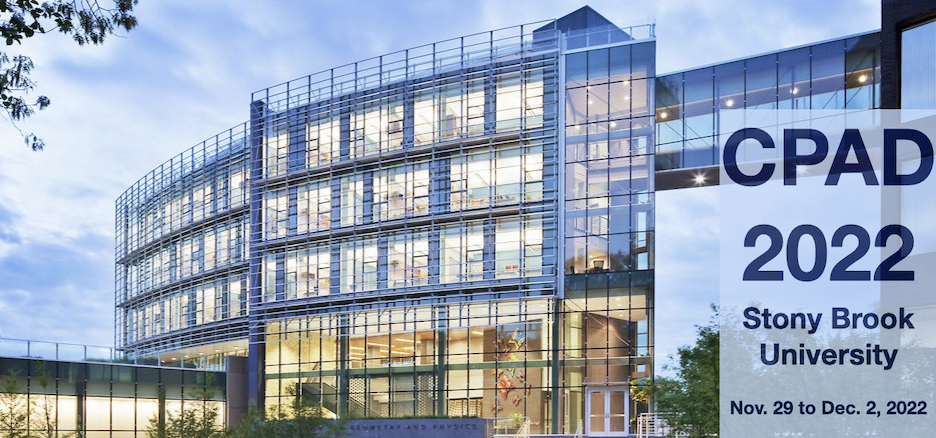Speaker
Description
Developing transition edge sensors (TES) with low energy thresholds is a central focus of the TESSERACT (TES with Sub-EV Resolution And Cryogenic Targets) project. The goal is to develop a TES-based sensor that can serve light dark matter experiments with different targets, including GaAs, Al2O3, SiO2, and superfluid helium. The sensor uses Aluminum (Al) collection films to convert athermal phonons to quasiparticles and Tungsten (W) TESs coupled to the Al to trap and sense the quasiparticles.
Lowering the TES's critical temperature (Tc) can significantly reduce the energy threshold. The TES energy resolution scales with Tc^(3/2). We established microfabrication processes to deposit 40nm W films on Si with Tc's around 20mK. The 20mK Tc films can be patterned into sub-eV resolution, O(10) gram dark matter detectors with crystal targets, which will have unprecedented sensitivity to O(10) MeV nuclear recoil dark matters. Further, we are looking for a process that produces low film stress to reduce the microfracture events, which is a possible candidate for the low-energy excess background in our detector. Meanwhile, we are trying to reduce parasitic noise power in the system to operate our most sensitive TESs with O(1) fW bias powers.
Finally, I'll talk about the performance of a 10g Si cryogenic photon detector with 51mK Tc TESs and a world-leading 2.26eV resolution running at UMass Amherst.

